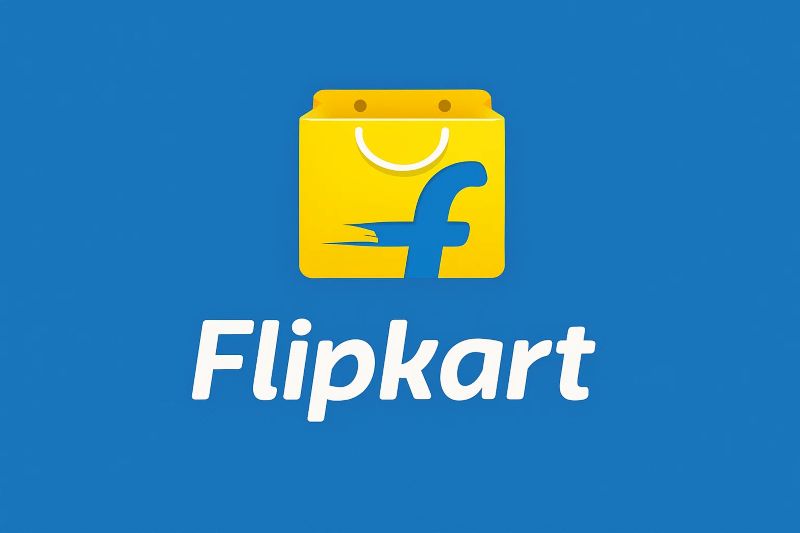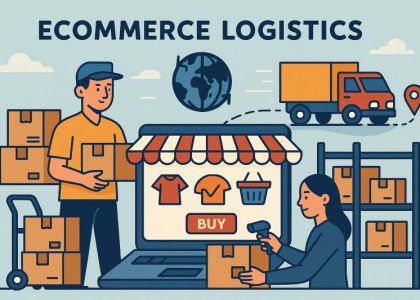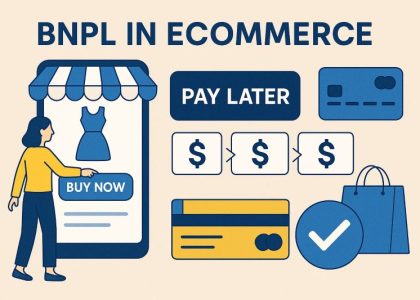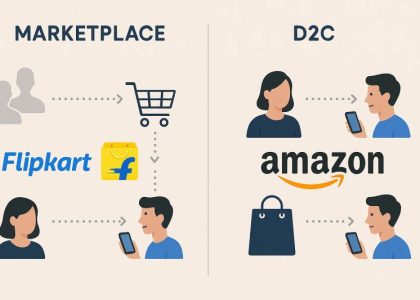Flipkart has grown from a small online bookstore to one of India’s biggest ecommerce giants. Today, it competes head-to-head with global players and continues to shape the way Indians shop online. As we step into 2025, Flipkart is not just selling products—it is creating a complete digital ecosystem that combines innovation, technology, and customer-first strategies.
Flipkart’s Position in India’s Ecommerce Market
In 2025, Flipkart remains one of the most trusted online marketplaces in India. With millions of sellers, a massive customer base, and a wide product range, it dominates alongside Amazon. Flipkart’s focus on affordable pricing, localized shopping experiences, and strong seller partnerships has cemented its leadership in India’s ecommerce industry.
Technology and AI-Powered Shopping
Flipkart uses advanced Artificial Intelligence (AIAI) and Machine Learning to create smarter shopping experiences. Personalized product recommendations, AI-driven chatbots, and predictive search make the platform more engaging. By 2025, Flipkart also integrates voice shopping and regional language support, making online shopping easier for users across India.
Flipkart Plus: Loyalty Beyond Discounts
Flipkart Plus, the platform’s loyalty program, goes beyond simple discounts. In 2025, it offers benefits like faster delivery, early access to sales, exclusive deals, and entertainment tie-ups. The program strengthens customer retention while competing directly with Amazon Prime.
Focus on Tier 2 and Tier 3 Cities
One of Flipkart’s biggest advantages in 2025 is its deep penetration into Tier 2 and Tier 3 cities. Affordable product options, local language support, and cash-on-delivery services make ecommerce accessible to millions of new users. Flipkart is playing a key role in India’s digital inclusion journey.
Logistics and Fast Deliveries
Flipkart’s supply chain arm, Ekart, powers its strong logistics network. With same-day delivery in urban areas and wide coverage in rural regions, Flipkart ensures reliable service across India. In 2025, Flipkart is also testing drone-based deliveries and AI-powered warehouses to increase efficiency.
Sustainability and Green Initiatives
Sustainability has become a core part of Flipkart’s operations. In 2025, Flipkart is investing in electric delivery vehicles, eco-friendly packaging, and carbon reduction programs. Its goal is to build a greener ecommerce model that benefits both customers and the planet.
Flipkart’s Expansion Beyond Shopping
Flipkart is no longer just about ecommerce. In 2025, it has expanded into fintech (Flipkart Pay Later, UPI services), video streaming, and even healthcare. These verticals help Flipkart create an ecosystem where customers can shop, pay, watch, and engage—all within one platform.
Lessons Businesses Can Learn from Flipkart
Flipkart’s journey offers several lessons for startups and entrepreneurs:
- Localization matters: Understand regional needs.
- Customer trust first: Build credibility with reliable service.
- Innovation drives growth: Use technology to create better experiences.
- Inclusive strategies work: Reach new markets with simple solutions.
The Future of Ecommerce with Flipkart
The future of ecommerce in India will be defined by affordability, accessibility, and technology. Flipkart is set to play a central role in this transformation by focusing on innovation, sustainability, and customer loyalty. For Indian consumers, 2025 promises faster deliveries, smarter shopping, and better value.
Final Thoughts
Flipkart in 2025 is more than just an online store—it is an ecosystem driving India’s digital economy. With AI, logistics innovation, and customer-first strategies, Flipkart is building the future of ecommerce for millions of Indians.





